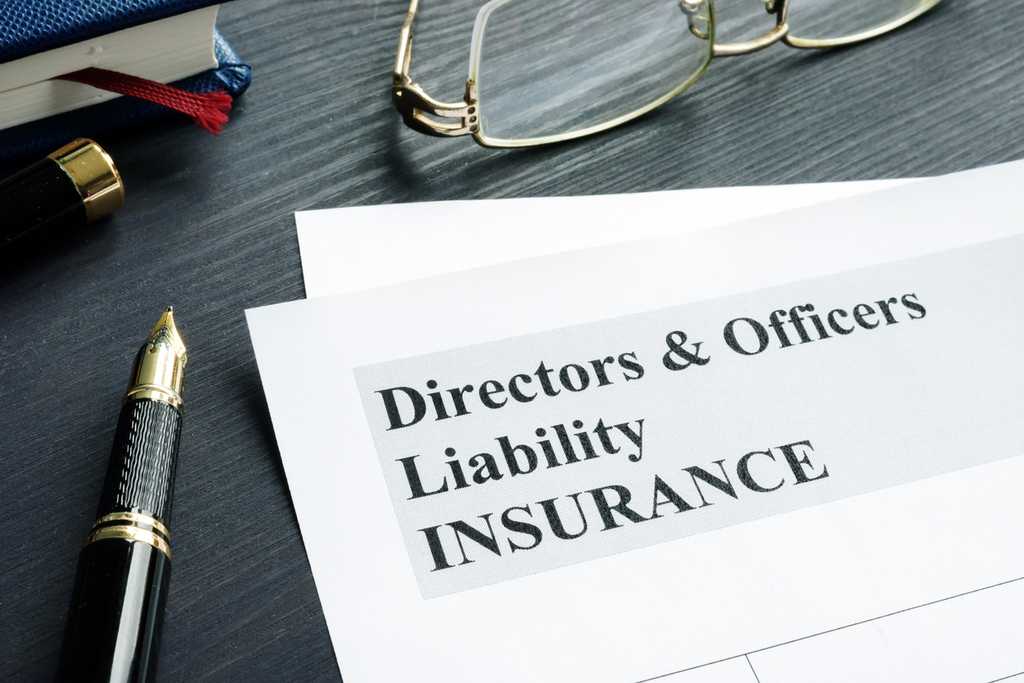When it comes to running a business, there’s more at stake than engaging in the right marketing tasks and giving good customer service. You’ll want to protect your personal assets and your business legally in case your business is sued.
Directors and officers (D&O) liability insurance can offer this type of protection and is a good fit depending on your needs and the type of business.
What Is D&O Liability Insurance
D&O liability insurance protects corporate directors and officers’ (including their spouse) personal assets in case they’re sued by people or entities such as competitors, customers, employees, investors, or vendors for alleged or actual wrongful acts in managing a company.
Think of D&O insurance as the way you can fund a typical indemnification provision, where officers and corporate directors aren’t held liable for losses because of their role in the business.
How Does D&O Insurance Work?
D&O insurance is generally for for-profit companies or a nonprofit organization. Once your business has a policy in place, your directors or officers will be protected against a variety of types of lawsuits.
Some of these reasons related to their roles include:
- Fraud
- Misrepresentation of assets
- Not complying with workplace laws
- Misuse of funds within the company
- Reporting errors
- Financial losses or bankruptcy as a result of breach of fiduciary duty
- Inaccurate disclosures
In the event there is a lawsuit, the legal or risk management department or other appropriate person will need to make a claim. This includes providing a description of the claimant’s reason for suing and other types of documentation related to the claim. If the policy covers the claim, the insurer will work with you to cover legal and defense costs. The insurer also typically pays for settlement and other financial costs if your company loses the case.
The specifics of what’s covered and what’s not will depend on your policy’s terms and conditions. Make sure to read the fine print before signing up for any policy.
What Does D&O Liability Insurance Cover?
Depending on the policy, D&O insurance typically covers legal fees, settlements and other related costs your business may incur because of the lawsuit. Like mentioned above, allegations typically covered include creditor claims, breaches of fiduciary duty, and lack of governance or regulation compliance.
D&O insurance usually won’t cover legal defense and costs related to criminal activity, fraud, illegal profits, and lawsuits between leaders in the same company. Insurers may also exclude coverage for when former and current directors and officers sue the company itself.
Other reasons for an insurer not providing coverage include if a company fails to disclose relevant information or gives inaccurate information. In this case, the insurer has a right to deny a claim because of misrepresentation.
Types Of D&O Liability Insurance
D&O insurance can either be bundled with other types of business insurance coverage or purchased as a separate policy — either way it’s generally purchased by a company to protect its directors and officers.
Here’s are some typical types of coverage a D&O policy will provide:
- Side A coverage: This coverage will cover officers, directors, and in some cases, employees for legal defense costs, judgements or settlement fees if the company refuses or doesn’t have the means to pay for indemnification. For instance, if the company declared bankruptcy, a D&O policy may cover the costs. This coverage is for when a director or officer’s personal assets are at stake.
- Side B coverage: Policyholders will be covered against directors, offers, and in some cases, employee’s losses if the company does offer indemnification. The policy will then reimburse legal costs to the company. In this case, the corporate assets are at risk.
- Side C coverage: Sometimes referred to as “entity coverage,” this coverage protects the corporation itself. It might lower the coverage limits for individual directors and officers.
Keep in mind your exact coverage you need will depend on factors such as your company’s history, needs, business model, and overall financial situation.
Does Your Business Need D&O Coverage?
Whether your business needs D&O coverage will depend on the nature and size of your company. Of course it’d depend on your needs, but in general, it’s a smart idea to seriously consider D&O insurance. This is especially so if you have a company with a board or directors, corporate board, or advisory committee, you’ll probably want some form of protection.
That being said, small businesses are also susceptible to expensive lawsuits. Sure, larger corporations may have a higher chance of being sued — such as from disgruntled employees or shareholders — but it’s not only high-profile lawsuits that could put any business at risk.
You may feel like it may not make sense to purchase D&O insurance, especially given the seemingly astronomical costs. Or perhaps you don’t think you need it because you haven’t experienced lawsuits in the past, or nobody would bother suing a family-owned or small business.
However, smaller companies are more at risk of a damaging lawsuit because they may not have the financial leverage compared to large companies. If you think about it, one lawsuit from a vendor or customer can financially ruin a small business, especially so when personal assets are at stake.
Since D&O policies come in all different shapes and sizes, you may be able to find a policy that fits your budget and covers your business for your specific needs. It’s best to speak with an insurance company that specializes in these types of policies so you can be sure you’re protected when you need coverage the most.

